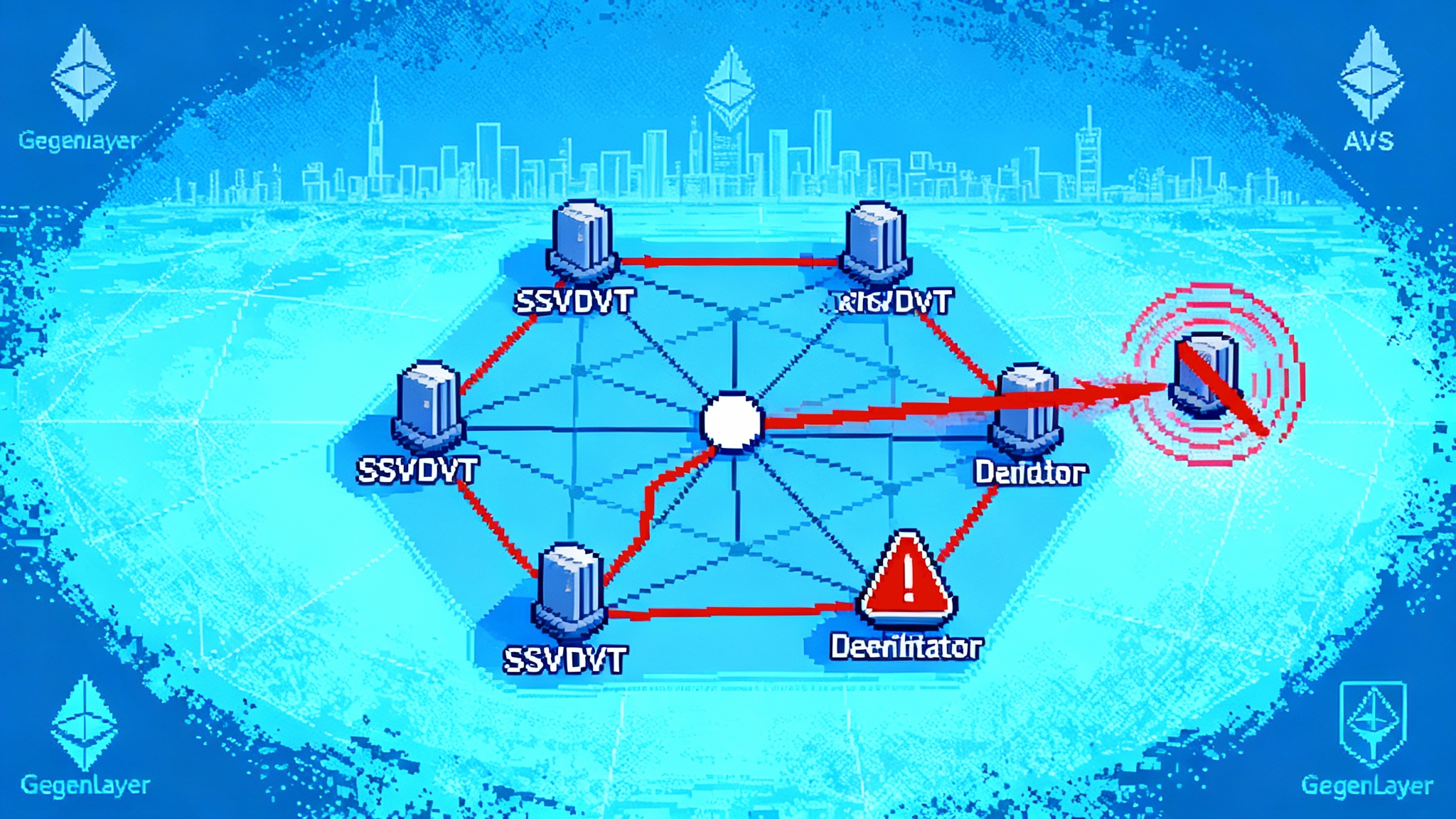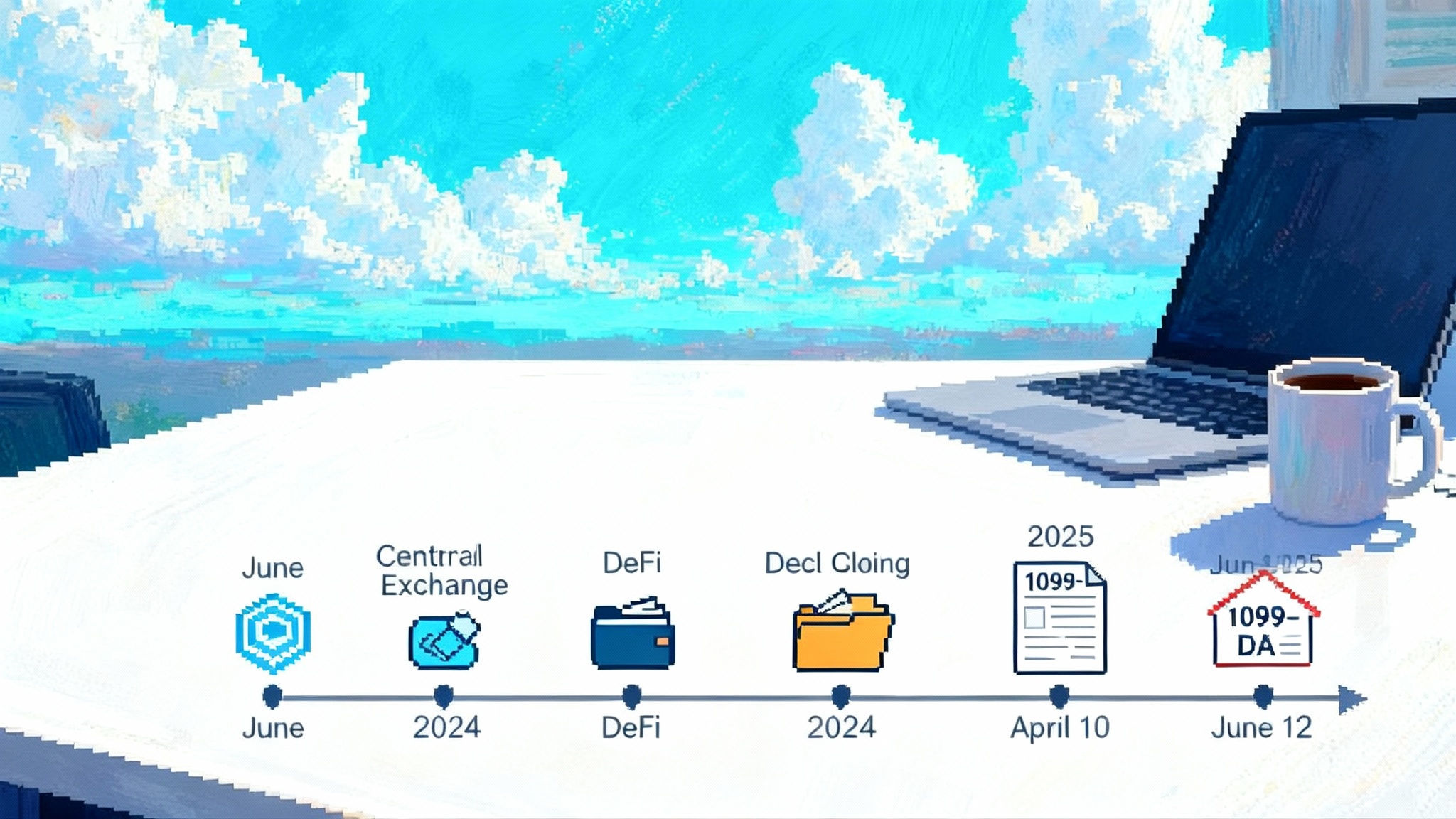Nine EU banks bet on a euro stablecoin. What changes now?
Nine European banks have formed a Netherlands-based issuer to launch a MiCA‑compliant, euro‑pegged stablecoin as early as H2 2026. Here is how a bank‑issued token could reshape euro payments, on‑chain liquidity and cross‑border settlement, and what to watch before launch.

The week Europe’s banks made their stablecoin move
On September 25, 2025, nine major European banks announced a joint plan to issue a MiCA‑compliant, euro‑pegged stablecoin through a new company based in the Netherlands. The group spans ING, UniCredit, DekaBank, SEB, Danske Bank, KBC, CaixaBank, Raiffeisen Bank International and Banca Sella. The first issuance target is the second half of 2026, with the entity applying for supervision by De Nederlandsche Bank as an e‑money institution. The aim is not a laboratory experiment. It is to ship a regulated payment instrument that works across borders, all day, every day, and plugs into both bank infrastructure and public blockchains. That is a big statement, and the banks made it together, which matters at European scale. See the nine-bank consortium announcement for confirmed members, regulatory path and the 2026 timeline. The headline invites a larger question. If a bank consortium delivers a MiCA‑compliant euro token, how does that change euro payments, on‑chain liquidity and the balance of power with today’s dollar stablecoins that dominate crypto markets? And where does this leave the European Central Bank’s digital euro agenda? Let’s break it down. Why a bank‑issued euro token is different A bank‑issued e‑money token in euros is not just another crypto asset. Under MiCA it looks and behaves like regulated e‑money. That means 1:1 redemption at par in euros, stringent safeguarding of customer funds, granular liquidity and concentration limits set by technical standards, and supervision that can escalate to the European Banking Authority if the token is designated significant. It also means thorough governance, recovery and redemption planning and routine disclosure. The upshot is simple. This is legally money inside the EU perimeter rather than a promise from an offshore entity. For treasurers and payment service providers, that legal character matters more than on‑chain novelty. It determines whether the token can be treated like cash on balance sheets, how it fits bank liquidity metrics, and whether auditors accept it as a cash equivalent for working capital. E‑money tokens have a much better shot at passing those tests than unregulated alternatives. That advantage will be decisive for adoption in corporate workflows. The MiCA effect on USDT and USDC MiCA does not ban non‑euro stablecoins, but it sets strict conditions for their use as day‑to‑day money in the EU. Issuers of non‑euro e‑money tokens face daily usage thresholds when the token is used as a means of exchange for goods and services in the Union. Supervisors have clarified that trading and some capital markets uses are not counted the same way, which limits the impact on market making. Still, for retail payments and merchant acceptance the direction of travel is clear. Europe wants euro tokens at the point of sale and checkout pages. This tilt meets an evolving market. Circle obtained a French e‑money license in 2024 to bring USDC and EURC under MiCA supervision, which puts USDC on firmer legal ground than other dollar tokens in the EU. Yet even with compliance, non‑euro tokens that become too popular as a means of payment could trigger interventions. A bank‑issued euro token therefore arrives with a regulatory tailwind in European commerce, where acceptance and rebates depend on compliance first and liquidity second. Distribution will matter, echoing the dynamics in MetaMask’s mUSD and the distribution war. What changes for payments - Always‑on euro rails. The most immediate gain is availability. The token will settle peer to peer 24/7 on the underlying chain and can be bridged back into bank money at any time through the issuer. SEPA Instant covers account‑to‑account euro transfers across many banks, but stablecoins extend that finality to wallets, smart contracts and cross‑border corridors where correspondent banking still takes days. Programmable business flows. Stablecoins make conditional and multi‑party payments routine. Think supplier payments released on delivery confirmation, escrow that unlocks based on IoT events or payroll that clears on milestones. That removes costly reconciliation and chargeback management in complex value chains. Merchant acceptance through PSPs. For this token to show up at European merchants, acquirers and payment service providers will need to add it to checkout modules and payout rails. Expect pilots in travel, marketplaces and software subscriptions where chargeback risk and settlement timing are persistent pain points. The banks on the cap table know these merchants already. Distribution is their enduring strength. Cross-currency corridors. A euro token that can be swapped atomically with a compliant dollar token opens low‑friction EUR–USD settlement in minutes rather than days. That matters for SMEs that live on cash conversion cycles and for fintechs that must pre‑fund nostro accounts today. On‑chain liquidity and DeFi Institutional DeFi will treat a MiCA‑compliant, bank‑issued euro token as an FX‑like settlement asset. The outstanding question is where it will circulate. If the token is live on public chains with free transferability, it can become a base pair in euro pools, money markets and on‑chain FX. Depth will come from market makers that already quote USDC pairs. In this case, the token would compete directly with EURC and other euro stablecoins for on‑chain mindshare. Network consolidation efforts like Polygon’s AggLayer and unified liquidity could influence routing and spreads. If transfers are permissioned or wallet‑gated, liquidity will form in curated venues. That still works for tokenized securities and repo, where KYC is essential. Société Générale’s EURCV began with transfer restrictions and later opened up. The consortium will decide which path to prioritize first. Either way, the launch will change reference pricing. Today, euro liquidity on‑chain is thin and fragmented, which pushes traders to dollar legs. A large, bank‑backed euro token could raise euro volumes enough to compress spreads and lower hedging costs for European desks that prefer to keep base currency risk in euros. Public chains or permissioned ledgers The technology choice is strategic, not cosmetic. Public chains extend reach. Ethereum and its L2s, Solana and other high‑throughput networks offer immediate network effects. They plug the token into wallets, custody, analytics and exchange infrastructure that already exists. They also expose the token to smart contract risk, MEV dynamics and public block space congestion. Banks can mitigate those with robust contracts, allowlists for mint and redeem and chain selection tuned to payment use rather than NFT mint seasons. Permissioned or consortium chains simplify compliance. A network where each validator is a regulated institution makes KYC, sanctions screening and Travel Rule compliance straightforward. It is ideal for wholesale DvP settlement of tokenized securities, intraday liquidity and interbank flows. The trade‑off is developer mindshare and external liquidity. Developers will not flock to build consumer apps on a closed network. We are already seeing banks test 24/7 money markets on XRPL, as in DBS’s RLUSD move on XRPL. The most likely outcome is both. Issue on at least one major public chain to seed broad utility and developer interest, and run a permissioned instance for bank‑to‑bank and capital markets settlement. Bridges between the two must be designed like core financial market infrastructure, with strong controls on mint, burn and cross‑domain messaging. Compliance, reserves and balance‑sheet treatment MiCA and existing e‑money rules impose a conservative reserve and governance posture. Expect the issuer to hold customer funds segregated from the bank’s own assets, to keep a large share in overnight deposits and short‑dated sovereigns, to respect concentration and credit quality limits for counterparties and to run liquidity stress tests that assume severe redemption shocks. Daily and weekly liquidity buckets and minimum cash percentages will be part of the playbook. Redemption at par in euros without delay is non‑negotiable. On the balance sheet, the token is an issuer liability like e‑money rather than a deposit. That matters for bank funding because money that moves from a bank deposit into the token reduces the deposit base. A consortium model with an e‑money institution as issuer can spread this effect and clarify safeguarding. Supervisors will watch closely how issuance scales relative to deposit outflows and how the banks manage liquidity coverage and intraday liquidity risk as usage grows. For corporate holders, accounting policy will be scrutinized. Many auditors have been reluctant to treat crypto assets as cash equivalents. A regulated e‑money token redeemable at par from a credit institution is a stronger candidate for cash equivalent treatment, especially if usage is operational rather than speculative. Even then, policies will vary until practice converges. AML, sanctions and data rules will shape user experience. Transfers between hosted wallets will include originator and beneficiary information under the EU’s transfer of funds rules. Expect clear travel‑rule messaging, screening at mint and redeem and wallet risk scoring. A pleasant surprise is possible here. Banks can integrate onboarding with existing KYC records, which means a smoother path for existing clients than typical crypto exchange sign‑ups. The ECB, the digital euro and coexistence The consortium’s timeline intersects with the central bank’s. The ECB is completing its preparation phase and legislators are still working through the digital euro bill. ECB board member Piero Cipollone said this week that the Eurosystem ECB eyes 2029 digital euro. A bank stablecoin that goes live in 2026 would arrive years earlier. What does that mean in practice? The ECB’s digital euro is public money. It would be legal tender, widely accepted and designed for resilience and privacy with a distribution model that pays intermediaries. A bank-issued token is private money. It earns trust through supervision, transparency and redemption mechanics. In everyday payments they will compete on convenience and incentives. In crises, safety preferences will favor public money if the digital euro is available. A euro stablecoin can complement, not only compete. If structured properly, it can serve as a programmable payment instrument for commercial use cases that the Eurosystem may not prioritize at launch. It can also be a settlement asset in tokenized markets where the digital euro’s roadmap is still taking shape. Policy alignment is essential. The ECB will worry about run dynamics if a private token scales fast. The consortium can ease those concerns by keeping issuance predictable, demonstrating robust redemption even in stress and coordinating with supervisors on usage in merchant payments versus capital markets. Versus USDT and USDC on utility and reach Dollar stablecoins still dominate crypto trading pairs and cross-exchange collateral. That will not change overnight. But Europe does not need to win Binance order books to win the use cases that matter for its economy. The bank token’s competitive set is card interchange, cross-border B2B payments, marketplace settlements and securities post-trade. On those vectors a MiCA‑compliant euro token can beat dollar tokens inside the EU by combining lower FX friction, clearer legal status and PSP distribution. USDC’s MiCA posture and deep integrations will make it a natural cross-asset bridge. USDT’s uncertain compliance in the EU means it will likely remain dominant where it already is, but peripheral to the regulated euro payments that banks and merchants care about. Liquidity providers will price these differences into spreads and inventory. What to watch between now and 2026 - Chain and standard choices. Which public chain goes first, and will transfers be fully open from day one. ERC‑20 on Ethereum and at least one high‑throughput L2 would fit existing institutional plumbing. A permissioned rail for wholesale use is likely in parallel. Redemption mechanics. How many direct mint and redeem channels exist on launch. The more banks that support real‑time issuance and redemption from client accounts, the faster velocity and trust will build. PSP and exchange listings. Merchant acquirers, payroll providers and major European exchanges will determine day‑one utility. Expect initial integrations with the participating banks’ own platforms, then a push into third‑party gateways. Reserve disclosure cadence. Monthly attestations and breakdowns by asset class, maturity and custodian are table stakes. Intraday dashboards for supervisors and perhaps public circulation figures would further increase confidence. Corporate pilots. Watch for named pilots in supply chain finance, marketplace payouts and tokenized securities settlement. These will prove whether the token reduces reconciliation effort and withholding reserves in the real world. Interoperability with tokenized deposits. Some banks are exploring tokenized deposits for on‑chain settlement. Clear rules for how those instruments interact with an e‑money token would allow banks to route flows to the most appropriate instrument by use case. A realistic adoption curve A measured timeline is likely. The issuer will finalize license approvals in 2025 and early 2026, announce its initial chain and work with the nine founding banks on mint and redeem connectivity. The first issuance in the second half of 2026 would target wholesale use cases such as cross‑border treasury flows and settlement for tokenized assets. Merchant and consumer payments would follow as PSP integrations catch up and card‑like incentives emerge. The big inflection comes when two or three large marketplaces or platforms make the token a default for payouts. That is when liquidity and circulation accelerate and when network effects kick in. Could it stall. Yes, if the group fragments into competing models, or if transfers are so restricted that the token never escapes a closed loop. It could also be slowed by a risk event in stablecoins globally that makes supervisors wary of scale. But a consortium of nine names with deep transaction banking roots and a clear MiCA runway is the strongest bet Europe has made on private digital euros so far. The bottom line Europe’s banks are not just experimenting. They are committing balance sheets, licenses and distribution to a regulated euro stablecoin that can make cross-border payments faster, on‑chain settlement safer and merchant payouts cheaper. The ECB’s digital euro will still matter. Public money is a pillar, and it will anchor confidence in the system when it arrives. Between now and then, a bank‑issued euro token can move the needle on the practical problems that treasurers, platforms and payment providers face every day. If the consortium executes on time, by late 2026 European corporates could be moving funds across borders in minutes, settling tokenized assets delivery versus payment and paying suppliers or creators with programmable euros that reconcile themselves. That is a meaningful upgrade to the euro’s plumbing. It starts with the choice the banks just made.








